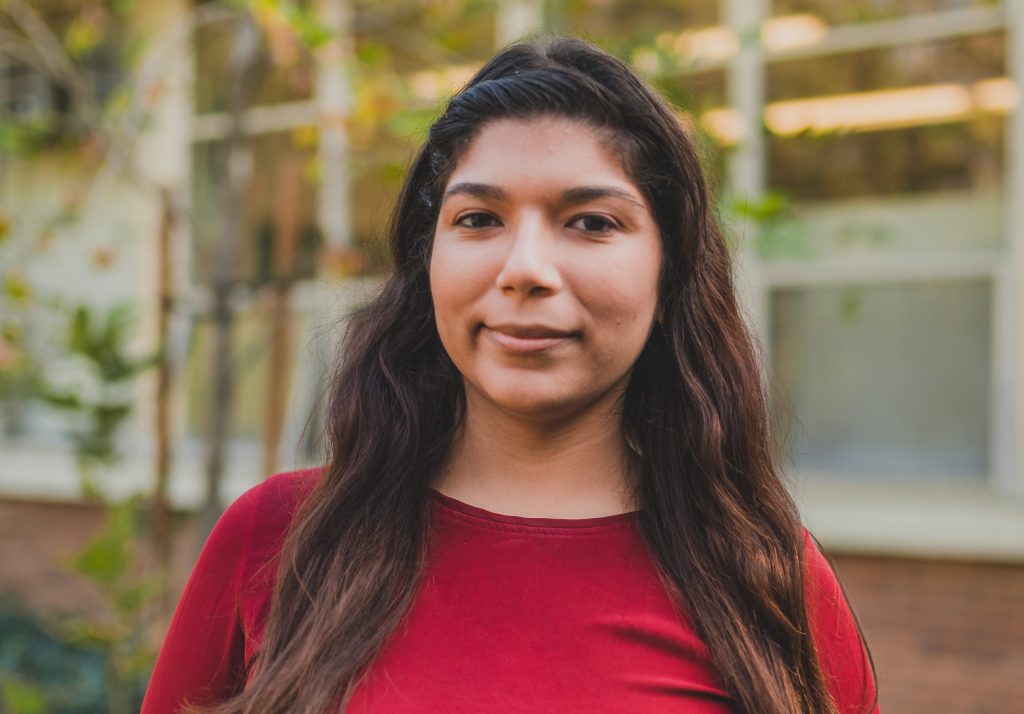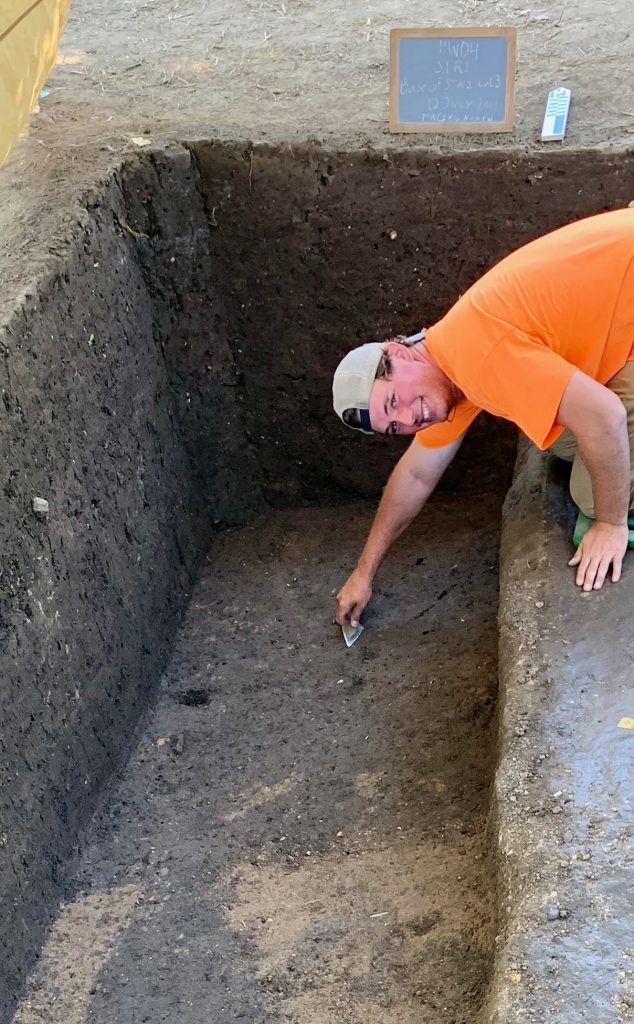
Genesis Torres Morales: Biography
Genesis Torres-Morales is a Ph.D. student in the Anthropology Department at UCR. Genesis interest for bioarchaeology began while in undergraduate after taking a biological anthropology course. She completed a BS at York College of Pennsylvania and an MA at UCR. Genesis has experience working as a teaching assistant and osteology assistant in the Andes, specifically in Peru and Bolivia. For her dissertation project, Genesis is working to analyze diet, nutrition, and mobility by observing the bones of Chimú individuals from the Moche Valley, Peru. She plans to further pursue this research in order to make inferences about the effects of climatic disruptions on a population.
Genesis Torres Morales: Project Summary
Genesis research builds on existing literature regarding how prehistoric humans adapted to climatic disruptions. At a broader level, her proposed contributes to the Bioarchaeological conversation about climate change, as the research considers climatic disruptions as one of many factors that negatively stress the human body. The Kingdom of Chimor reigned the North Coast of Peru between AD 900-1470 (Prieto et al. 2019). The economy depended on the import of raw goods, such as beans, maize, squash, cotton and other agricultural products into Chan Chan. Labor centered around agriculture, trade, fishing, and craft production (Pozorski 1979). Therefore, climate change would have affected their distribution of goods, and thus, the humans living and reproducing within it. When climatic disruptions distort ecological equilibrium, stress is a natural variant. Stress on bones can be assessed through various manifestations, like stunted growth and impact on teeth. Genesis research utilizes Bioarchaeological methods such as long bone growth, linear enamel hypoplasia, dental caries, dental wear, chipping, antemortem tooth loss, and periodontal disease. These methods will provide her the tools to comprehend the lived experience of Chimú peoples’ before, during, and after El Niño events.

Matthew Lobiando: Biography
Matthew LoBiondo received his B.A. in Anthropology and History from the University of Vermont, his M.A. in Anthropology from Monmouth University, and currently is a graduate student within the Anthropology department at UC Santa Barbara. He has been the recipient of the Outstanding Student Award at Monmouth University, as well as the UC Santa Barbara Anthropology’s Brian Fagan Fund. He has conducted pre-Columbian and historic research across the Northeastern, Southeastern and Midwestern United States. Broadly, his research interests focus on the emergence of complex societies, culture contact and migration, informed by contemporary research on human agency, practice, identity, and learning theories. Matthew’s current research explores the spread of Mississippian practices in the Midwestern and Southeastern United States by exploring the transfer of knowledge and the daily practice of pre-Columbian people. Most recently he has conducted research into the multi-ethnic origins of the Mississippian polity of Etowah, located in northwestern Georgia.
Matthew Lobiando: Project Summary
The AIA-OC grant will provide support for Instrumental Neutron Activation Analysis (INAA) of pottery from Etowah and surrounding regions to further investigate the multi-ethnic origins of Etowah. Models of Etowah’s Mississippian origins have focused on the interactions of disparate groups. However, there is disagreement concerning where groups migrated from and how they interacted. Matthew’s goal is to evaluate how many different regional groups were present at Early Etowah, where they originated, and how they interacted. On the basis of his previous ceramic analyses he argues that the Early Etowah population was likely comprised of both nonlocal eastern Tennessee and local northwestern Georgia people. The ceramic patterning at Early Etowah suggests limited attempts at integration between the two disparate populations and that the two regional groups maintained, at least initially, separate identities. This is curious in the context of ceremonial feasting and mound building, which has been thought to emphasize a shared collective identity and de-emphasize ethnic diversity.
To further test these results, he will conduct chemical sourcing of pots from Etowah and the surrounding regions utilizing INAA. The chemical characterization of pottery will aid in resolving where disparate groups originated before migration and whether pottery at Etowah was made locally or nonlocally. This will have important implications for understanding the nature of interactions between local and nonlocal groups, as well as the evolving socio-political landscape of the surrounding regions. Early Etowah appears rather unique in comparison to other culture contact scenarios such as those identified in the greater Cahokia area, which typically show an almost immediate if selective adoption of new ceramic production techniques. At Etowah, however, regionally distinct pottery traditions continued, while disparate groups engaged in ceremonial activities. The complex history of Etowah provides an opportunity to explore the nuanced interactions of disparate groups and the various ways the Mississippian landscape was created.
